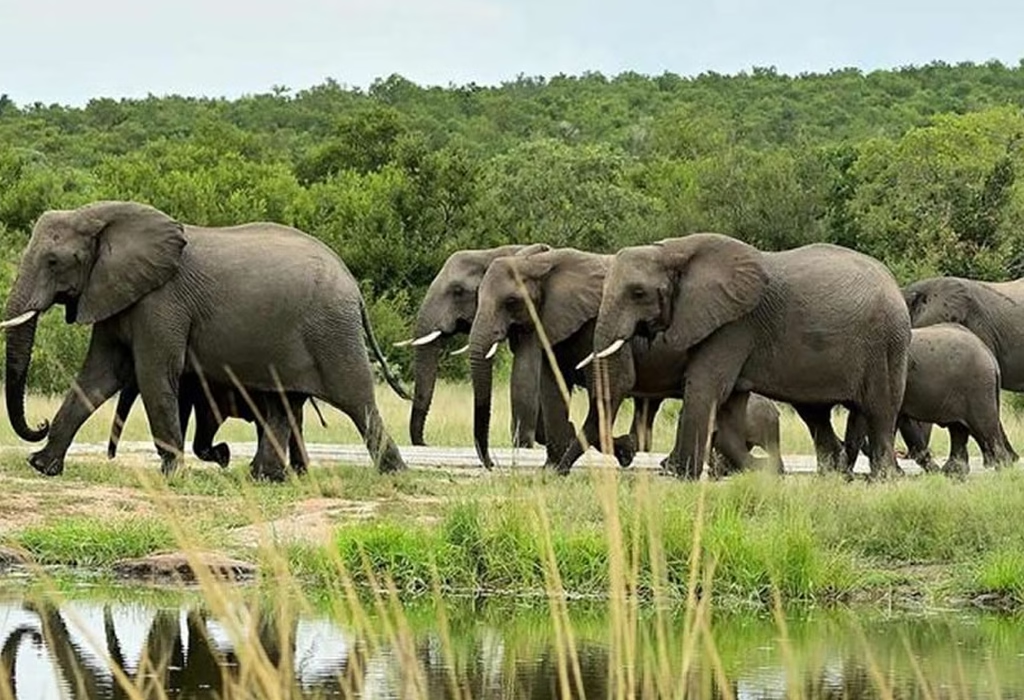
Best Time to Visit Wildlife East Africa
Best Time to Visit Wildlife East Africa
If you’ve ever dreamed of immersing yourself in nature’s raw beauty, then East Africa is where that dream becomes reality. From the thunderous waters of Murchison Falls to the misty mountain forests of Bwindi, this region offers breathtaking safari experiences throughout the year. However, knowing when to visit can significantly enhance your experience. The ideal time often depends on your personal interests whether you’re hoping to spot the Big Five, trek through rainforests to find mountain gorillas, or explore vibrant local cultures.
At the heart of these unforgettable adventures are iconic experiences like Murchison Falls safaris, gorilla trekking in Uganda and Rwanda, chimpanzee tracking in Budongo Forest, and immersive cultural encounters. Whether you’re setting out on a classic game drive or combining various activities for a richer journey, understanding East Africa’s seasonal rhythms is key to planning a rewarding wildlife tour.
Murchison Falls Safaris: Best During the Dry Seasons
When organizing a trip to Murchison Falls, the best time to go is during the dry seasons typically from December to February and June to September. These months offer the highest chances of wildlife sightings as animals gather around limited water sources. With sparser vegetation, you can spot elephants, giraffes, lions, buffaloes, and hippos with greater ease.
Dry weather also means better road conditions, which is crucial in a park known for its rugged terrain. Game drives and boat cruises along the Nile River are particularly rewarding during this time, as animals are more active and visible along the riverbanks. The powerful Murchison Falls, where the Nile bursts through a narrow gorge, offers a stunning backdrop to every safari photograph.
Birdwatchers will also benefit from visiting during these months, with species like the elusive shoebill stork easier to find. Clear skies enhance both visibility and photography, ensuring that every moment is beautifully captured. Travelers who combine Murchison Falls with gorilla trekking will also find the dry season advantageous, with forest trails being more accessible and less muddy.
Gorilla Trekking in Uganda and Rwanda
Choose Dry Months
Among the most transformative experiences in East Africa is gorilla trekking, whether in Uganda’s Bwindi Impenetrable Forest or Rwanda’s Volcanoes National Park. The best months for this activity are also during the dry seasons June to September and December to February.
Though gorilla trekking is possible year-round, these dry months offer more comfortable trekking conditions. Trails are less slippery, visibility is better, and sunlight filters beautifully through the canopy, improving photography. Plus, gorillas are more likely to remain in accessible areas rather than retreating deeper into the forest.
Due to high demand, permits often sell out quickly in these months, so booking early is recommended. Watching a gorilla family in its natural habitat observing their social interactions and behavior is deeply moving and unforgettable. For many travelers, combining gorilla trekking with wildlife safaris or cultural experiences creates a holistic East African journey.
Chimpanzee Tracking
Chimpanzee tracking, especially in Budongo Forest, Kibale National Park (Uganda), or Nyungwe Forest (Rwanda), adds another layer to your safari adventure. The dry season is again the most favorable period particularly June through September as trails are easier to navigate and chimpanzees are more likely to remain near fruiting trees.
In Budongo Forest, close to Murchison Falls, visitors can track chimps in the morning or afternoon. This flexibility allows for easy integration into broader itineraries. Chimpanzees are fascinating to observe highly intelligent and expressive, they communicate, play, and care for their young in ways that often mirror human behavior.
Including chimpanzee tracking offers a balanced safari itinerary, combining forest trekking with classic savannah wildlife encounters. Whether you’re focusing on Uganda or Rwanda, the dry months provide ideal conditions for tracking and photography.
Cultural Experiences
East Africa’s rich cultural heritage is as captivating as its wildlife. From visiting the Batwa people in Uganda to exploring Rwanda’s Iby’Iwacu Cultural Village, cultural tours provide meaningful insights into traditional ways of life. The best time to experience these cultural elements is also during the dry seasons.
Travel conditions are better roads are passable, and villages are more accessible. Local markets, ceremonies, and festivals are also more active, offering travelers deeper engagement with the communities they visit. Cultural experiences often tie naturally into wildlife tours, with many located near major parks or trekking areas.
By including these human connections in your itinerary, your journey becomes not just a visual feast, but an emotional and educational one. Dry months allow for smoother travel between destinations, ensuring you make the most of every cultural and wildlife experience.
Align Your Safari Dreams with the Seasons
So, what is the best time to visit for a wildlife tour in East Africa? While adventures are available year-round, June–September and December–February are consistently the most rewarding months for safaris, primate tracking, and cultural experiences.
These dry seasons bring the best conditions for:
-
Wildlife viewing in parks like Murchison Falls
-
Gorilla trekking in Uganda and Rwanda
-
Chimpanzee tracking in forests like Budongo and Kibale
-
Cultural interactions with East Africa’s diverse communities
Planning your journey with these months in mind ensures comfort, higher success rates for animal sightings, and the opportunity to experience the region at its most vibrant. Whether you want to combine savannah safaris with primate treks or explore both nature and culture, the dry seasons help make your East African adventure truly unforgettable.
